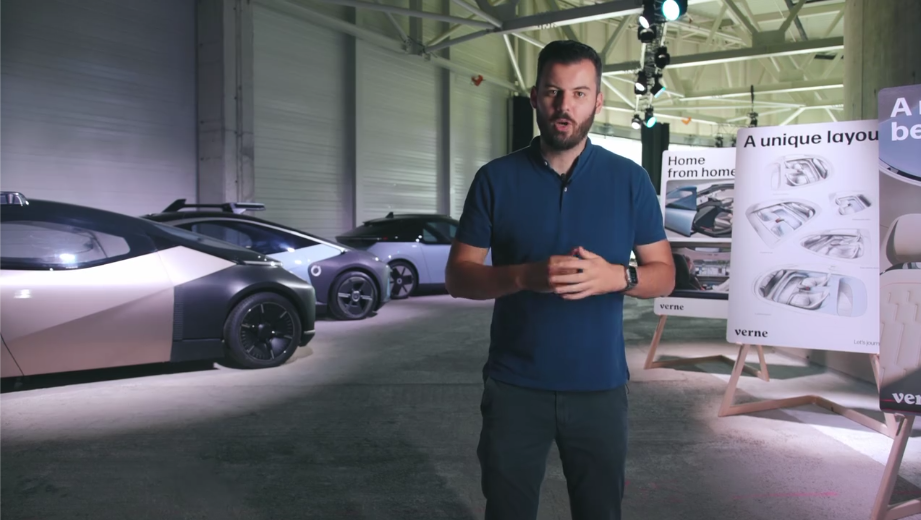July the 2nd, 2024 – Mate Rimac’s recent robotaxi saga has attracted plenty of attention, especially given that its presentation didn’t go ideally. However, he has put the spotlight on how the Verne robotaxis were made, with the development process explained.
As Index vijesti/news writes, Mate Rimac presented the much anticipated Verne robotaxis off last week, but it didn’t go without quite a few bumps in the road. The Verne robotaxi being presented unfortunately failed to respond to a command and remained in place. During the presentation, Mate Rimac attempted to call the robotaxi to the stage via the app twice, but the car never came. At the large Rimac Campus, one of the Verne robotaxis was presented, of which we only saw an interior cabin and nothing more.
criticism because of eu taxpayer cash
This, of course, immediately provoked plenty of criticism across the media spectrum and in the public space. Many critics kept going back to one thing, and that’s the fact that Mate Rimac had received 180 million euros from EU taxpayers.
Mate Rimac recently published a new video in which, as he says, he reveals much more detail about the Verne robotaxis. Verne is the new name of the former Project 3 Mobility, a company that has worked to develop this system.
“We wanted to go into a little more detail and show how we got to where we are today,” says Mate Rimac at the beginning, before adding that “developing a conventional car is a terribly long and complex process that not many people can do. When you develop a conventional car, you usually take some competition, some predecessors or manufacturers that already have some models and start from there. We wanted to make something completely different: a car developed from scratch to take advantage of all the benefits of autonomous driving. We wanted that car to be the safest, most spacious, most comfortable, the best experience for the person in the car.”
Then he showcased the 2019 model, the one with which, he says, they initially started the complex and lengthy development process.
“We already had a two-seater back then. Why a two-seater? Because the data shows that 90 percent of taxi or Uber rides are with one or two people in the car. We wanted to give those two people the best experience, the most space,” he said.
He also showed other models. “In 2021, we had sensors on the roof. In 2022, we redefined that design, and not only the design, but also the technical characteristics, crash requirements and so on…” he said.
“We’ve been developing our own car and other elements of the system, but one part we decided not to develop ourselves was the autonomous driving. We worked with some of the best companies in the world, in the end we decided on Mobileye,” he revealed, adding: “as the car is developed, different elements are tested and developed separately.”
“we’ve thought a lot about safety”
Rimac then said that the overall goal was to make people feel like it was their car once they got in. Verne, according to Rimac, will have information about the person who enters and thus will play the right type of music, adjust the temperature, and so on.
“We’ve thought a lot about safety. We want the autonomous driving system we’ve chosen, which is still constantly evolving, to be the safest in the world and better than 99 percent of human drivers. An accident shouldn’t happen. But in the unlikely event that an accident does happen, this should be the safest car in the world,” assured Rimac.









